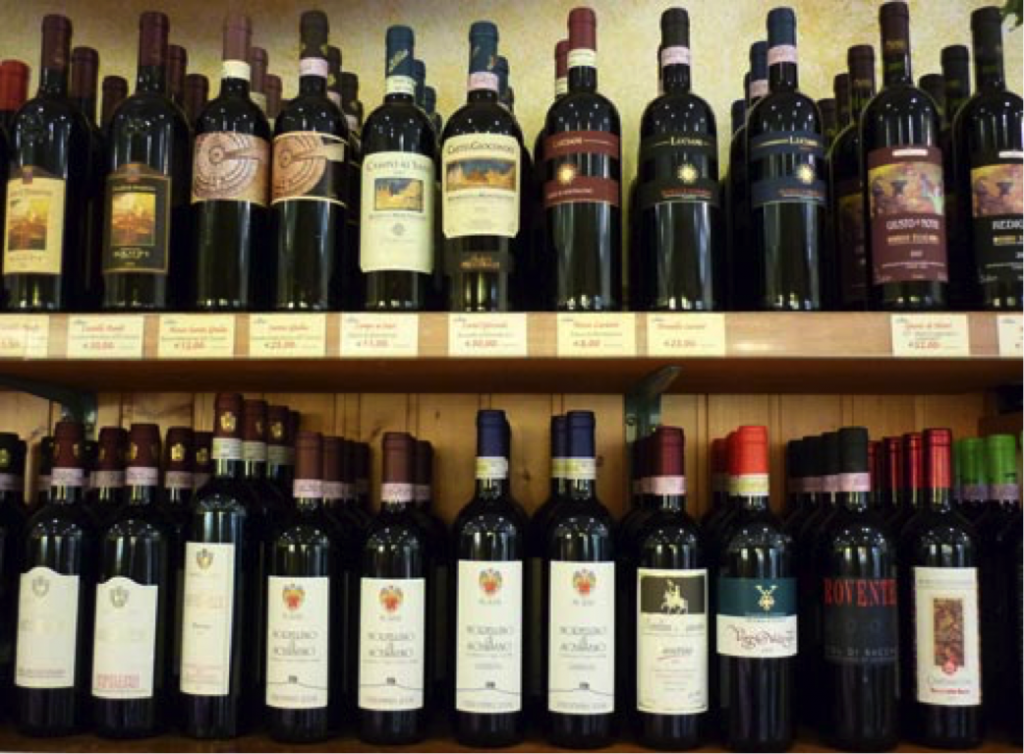When one mentions Italy, one of the first things to surely come to mind is its vino. And for good reason. The country is the largest producer of wine in the world and wine grapes have been cultivated in the region for over 2800 years! Such a long history of viticulture has given birth to a huge (and delicious) variety of Italian wines. With so many kinds out there, it can sometimes be hard to know where to start when choosing one to enjoy; and this is true whether on vacation in Italy or just shopping in your local supermarket. One way to make the decision a bit easier is to understand the Italian appellation system.
“Appellation” is a fancy term that refers to a legally defined and protected geographic name under which a winegrower is authorized to identify and market wine. In the Italian system there are four categories implemented by the government which each closely correspond to the quality of the wine.
Vino da Tavola (VdT) – Table Wine. This category is the lowest quality and most economical of Italian wines. It simply guarantees that the wine is made somewhere in Italy with no restrictions on the type of grape used or the production process. It is usually very economical and produced for local consumption. Don’t be fooled however. Just because this is the lowest classification, does not mean that these wines are necessarily bad. In fact, you will be surprise to find just how pleasant many of these wines are!
Indicazione Geografica Tipica (IGT) – Typical Geographic Indication. These wines are the second level of classification. They are labelled with the general geographic region of their creation and are made with grapes admitted and recommended for the area. No other regulation is required. The majority of these wines are of good quality and are priced competetively.
Denominazione di Origine Controllata (DOC) – Controlled Designation of Origin. This classification was created by the Italian government in 1963. It denotes a wine that was produced in a specific wine-producing zone and abides by stringent standards. The intention is to maintain the traditional character and quality of the wine. Winemakers must adhere to regulations on color, grape varieties, minimum alcohol levels, maximum yields, basic sensory characteristics, maturation, and required minimum periods of aging. There are currently around 300 DOC wines in Italy. These wines are of high quality.
Denominazione di Origine Controllata e Garantita (DOCG) – Controlled and Guaranteed Designation of Origin. This classification, created in 1980, is the highest of all. Regulations are even more stringent than those of DOC wines. These wines are produced from very limited yields and must pass strict chemical analyses and taste tests. As of today there are only 24 wines that have achieved the prestigious status including Chianti, Montepulciano d”Abruzzo, Barbera d’Asti, Barolo, and Brunello di Montalcino. DOCGs are superior first-class wines!
To look for these designations, check for an official seal placed over the neck of the bottle. It can also even be included on the bottle’s own label. Not only will this understanding of the Italian wine classification system help you to better choose your next Italian wine, but will also allow you to better appreciate its origin and impress your friends/significant-other with your refined wine knowledge!

